Introduction
When it comes to the intricate mechanisms that make our vehicles function smoothly, the steering system takes center stage. Two terms that often get intertwined in discussions about steering systems are "steering rack" and "steering column." While they both play pivotal roles in steering our vehicles, they are distinct components with unique functions. In this blog post, we will delve into the world of automotive steering, unravel the differences between a steering rack and a steering column, and shed light on the significance of the rack and pinion system.
Section 1: Understanding the Steering System
Before diving into the specifics of steering racks and steering columns, it's important to grasp the basics of how a steering system works. The primary goal of a steering system is to translate the driver's input into directional control of the vehicle's wheels. This allows the driver to navigate the vehicle safely and precisely.
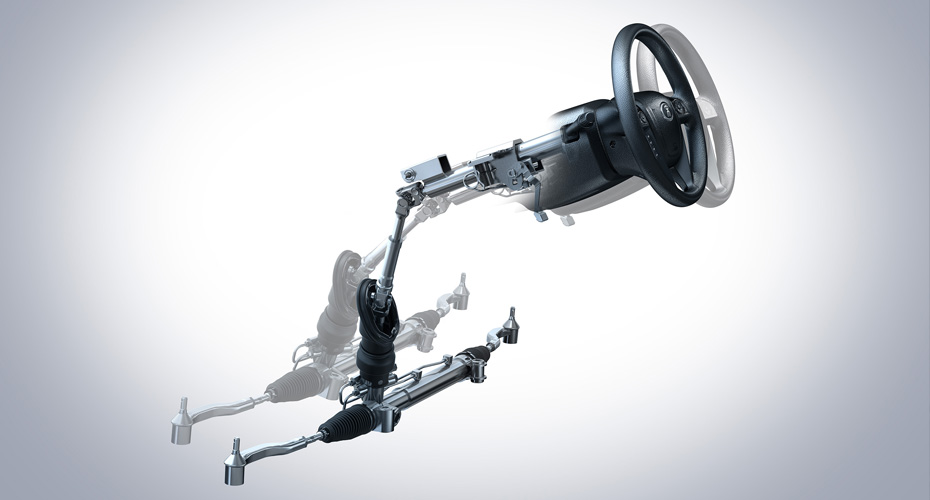
Section 2: The Steering Column: Connecting the Driver and the Wheels
Let's start by examining the steering column. The steering column is a crucial link between the driver and the rest of the steering system. It is a vertical shaft that connects the steering wheel to the steering gearbox or rack and pinion assembly. When you turn the steering wheel, the rotation is transmitted through the steering column to the steering mechanism, which ultimately changes the direction of the wheels.
In addition to transmitting rotational movement, modern steering columns also often contain additional features such as the ignition switch, turn signal switch, and airbag connections. Some advanced vehicles even have telescoping and tilting features that allow the driver to adjust the position of the steering wheel for optimal comfort and control.
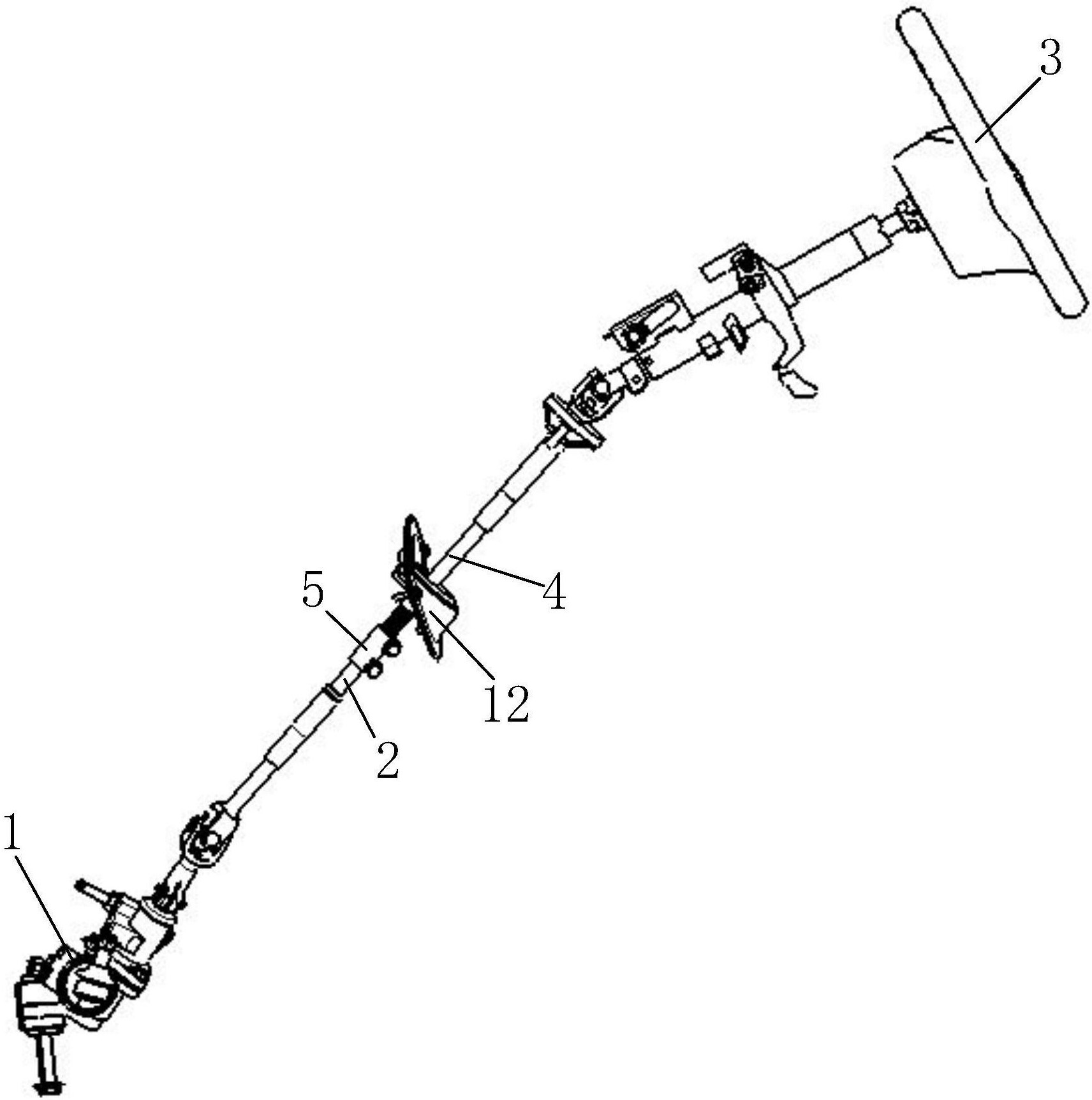
Section 3: The Steering Rack: Transforming Rotational Motion into Linear Motion
Now, let's shift our focus to the steering rack. The steering rack is a fundamental component of the rack and pinion steering system, which is one of the most prevalent steering systems used in vehicles today. The rack and pinion system is known for its simplicity, efficiency, and responsive steering feel.
The steering rack consists of a toothed bar or rack that meshes with a small pinion gear. As the driver turns the steering wheel, the rotational motion of the pinion gear causes the rack to move linearly. This linear motion is then translated into a lateral movement of the tie rods, which are connected to the steering knuckles of the front wheels. This movement ultimately steers the wheels in the desired direction.
Section 4: Different Functions, Same Goal
In essence, while the steering column serves as the interface between the driver and the steering system, the steering rack is responsible for translating the driver's input into actual wheel movement. The two components work harmoniously to ensure smooth and precise control of the vehicle.
Section 5: Importance of the Rack and Pinion System
The rack and pinion steering system, which prominently features the steering rack, has become the standard choice in modern vehicles for several reasons:
- Responsive Handling: The rack and pinion system offers quick and direct responsiveness, allowing drivers to make accurate steering adjustments with minimal effort.
- Compact Design: The compact layout of the rack and pinion system makes it ideal for vehicles with limited space in the engine compartment.
- Ease of Maintenance: Should an issue arise with the steering system, the rack and pinion setup is relatively straightforward to diagnose and repair, making maintenance more convenient.
- Consistency: The consistent motion of the rack and pinion system enhances driving comfort and predictability, especially during cornering and lane changes.
- Efficiency: The efficient transfer of motion from the steering wheel to the wheels results in improved fuel efficiency and reduced power loss.
In Conclusion
While the terms "steering rack" and "steering column" are often used interchangeably, they refer to distinct components within a vehicle's steering system. The steering column acts as the conduit between the driver and the rest of the steering system, while the steering rack, especially in the context of a rack and pinion system, converts the driver's steering input into wheel movement. Understanding the roles and interactions of these components provides insight into the seamless operation of a vehicle's steering system.
So, the next time you grip the steering wheel and navigate your vehicle with precision, you'll have a deeper appreciation for the synchronized dance between the steering rack and the steering column, working tirelessly behind the scenes to ensure your driving experience is both safe and enjoyable.
The Previous Articles:
What Is Rack and Pinion Bushing? How To Tell If Rack and Pinion Bushings Are Bad?
Why Steering Rack Makes Noise When Turning?
How To Rebuild A Steering Rack?
What Is A Rotary Valve Power Steering Rack?
Rack And Pinion System Vs Power Steering System: What Are The Differences?
Power Steering Rack Market Analysis Report (Japan Market)
What Causes Steering Rack to Go Bad?
Design Of Car Rack And Pinion Steering Racks
What Is The Intelligent Steering Rack Used By VW, Toyota, Honda And Renault?
Understanding Steering Angle Sensors: A Detailed Overview
Demystifying Power Steering Fluid: Understanding Its Role in Steering Systems
What is steering rack repair kit?
What is power steering reservoirs?
Understanding the Severity of Rack and Pinion Leaks in Your Vehicle
How to Find a Reliable Supplier of Steering Rack in China? Why You Should Choose Us?
What Is a Steering Rack Belt: Exploring the Role of Electric Steering Rack Belts
What Causes Drive Shaft Failure?
Steering Rack: When Should You Replace It?
Is Steering Rack Expensive to Fix? Exploring Steering Rack Repair and Costs
Demystifying the Difference Between Steering Rack and Steering Column

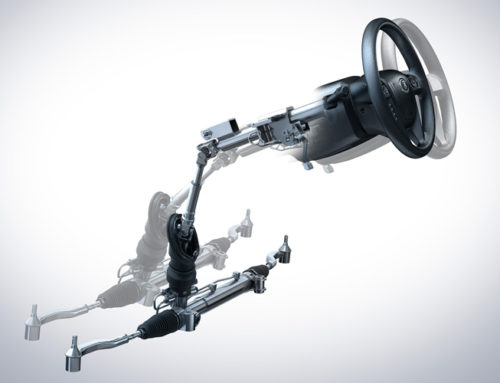
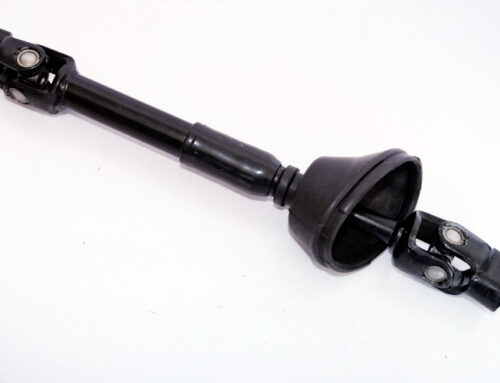
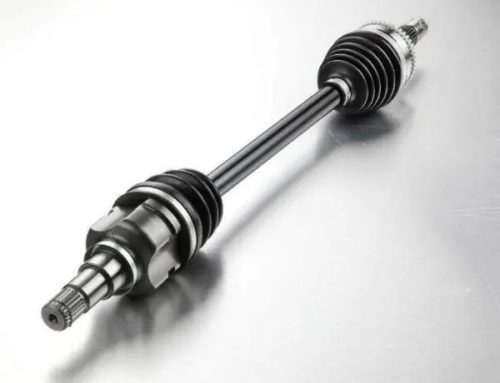
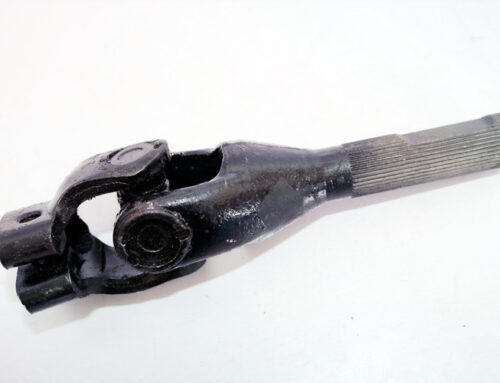

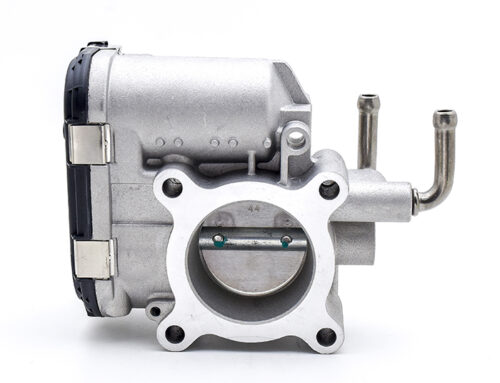
Leave A Comment